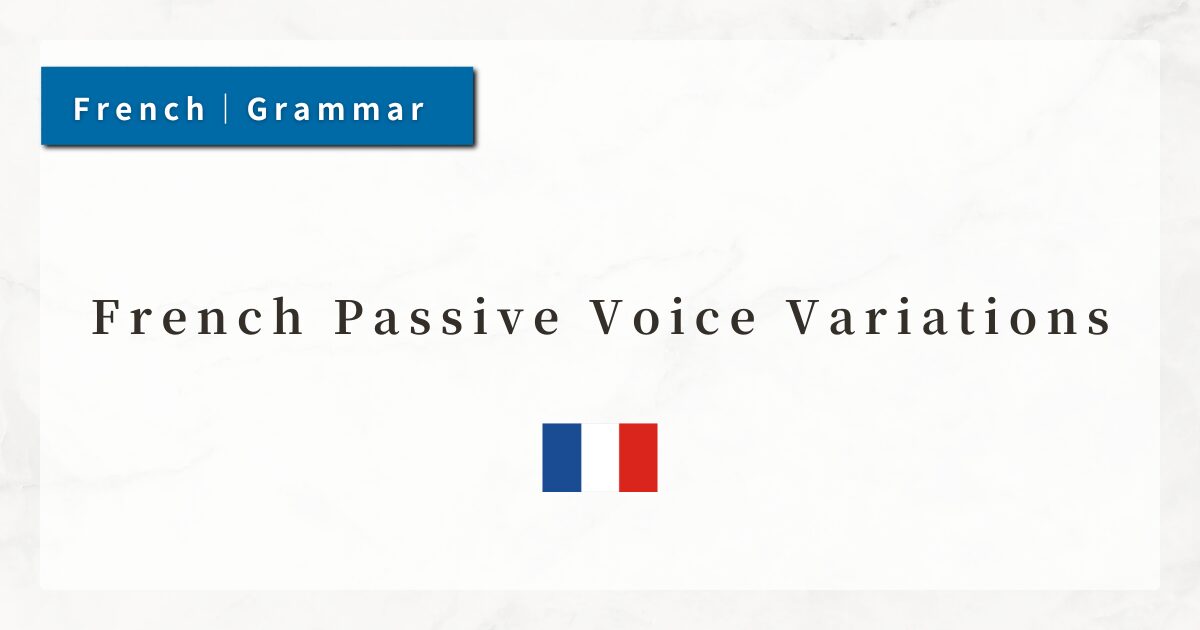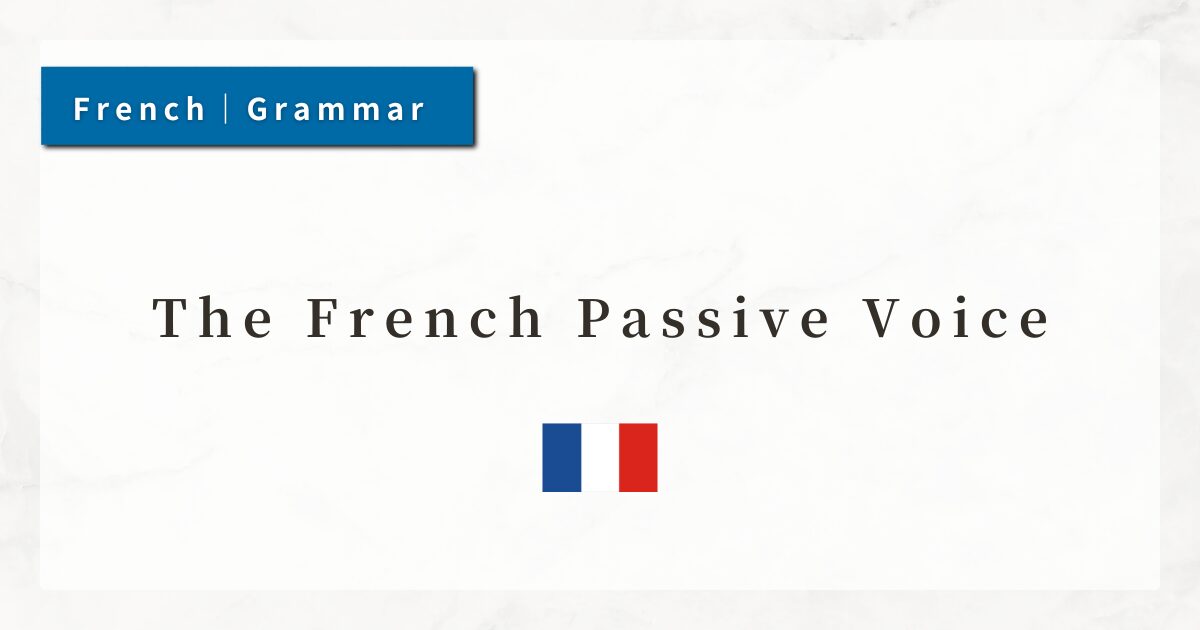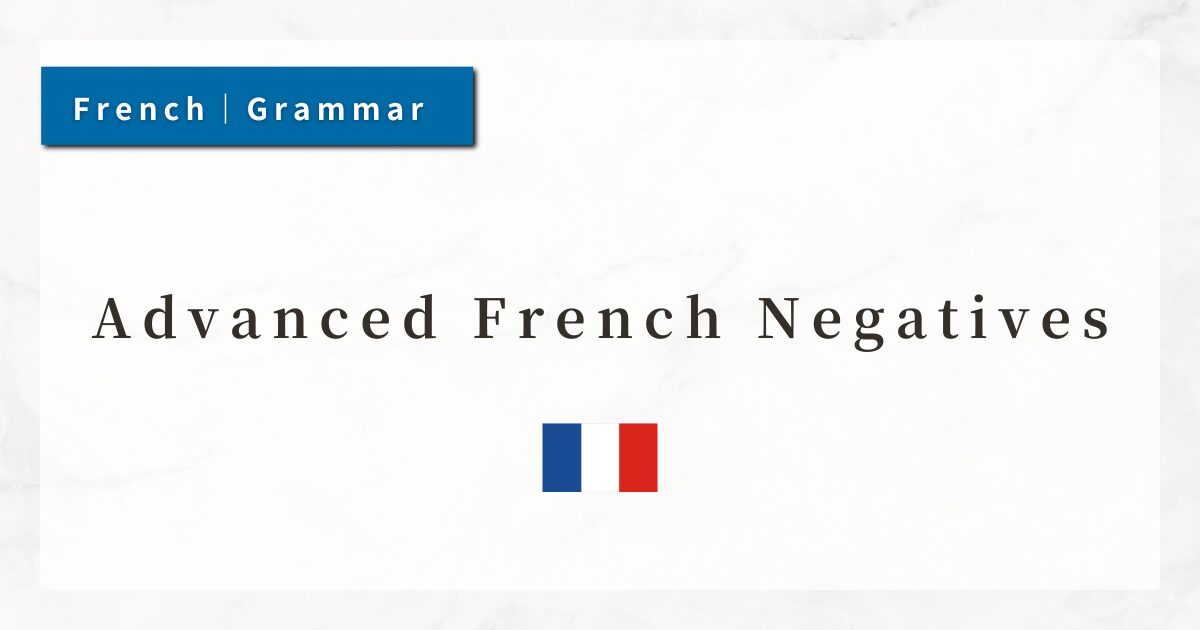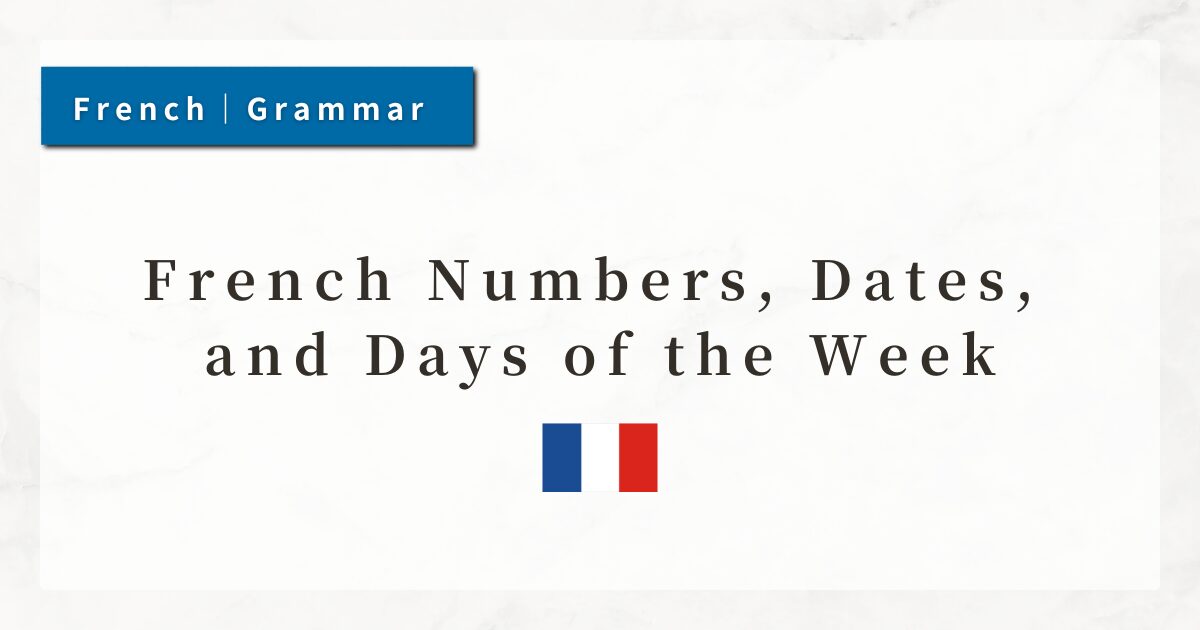#61 French Subjunctive Basics | Tenses and Conjugation Rules Explained
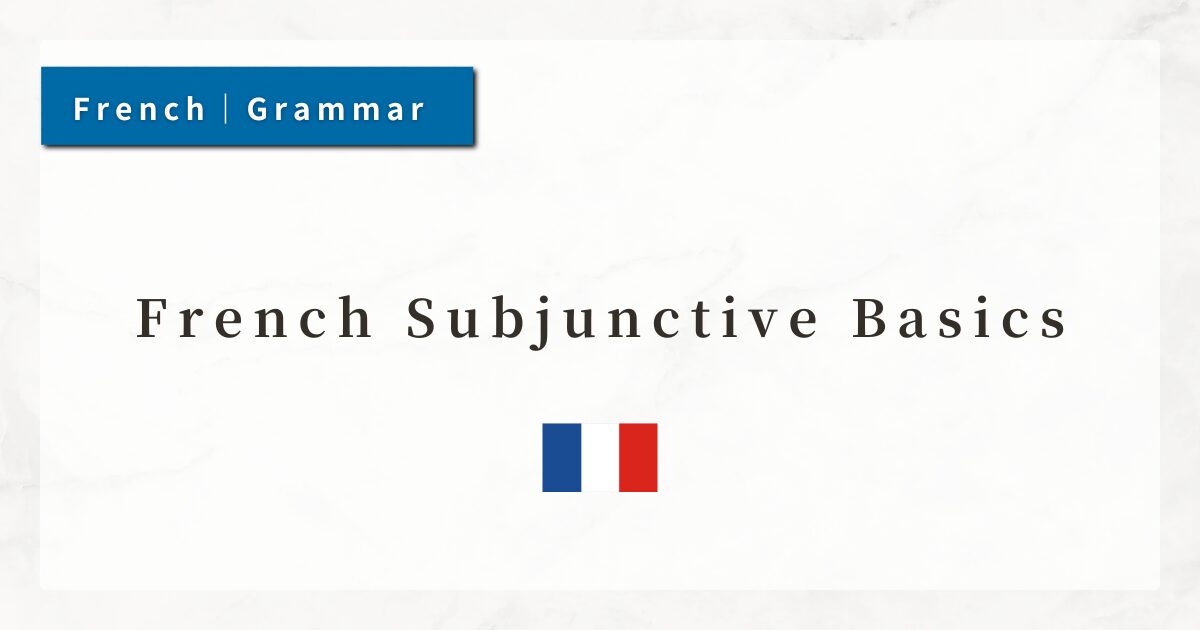
The French subjunctive is a special verb form used to express subjectivity, emotions, wishes, and uncertain or hypothetical events.
Since neither Japanese nor English has a direct equivalent, beginners often find it difficult. However, once you understand the contexts where it is used and how it is formed, it will become more natural to use.
In this lesson, I will explain the fundamental role of the subjunctive and provide an overview of its tenses, focusing on the present and past subjunctive.
1. What Is the Subjunctive?
1-1. Basic Idea of the Subjunctive
The subjunctive is used when describing something that is uncertain, subjective, emotional, or conditional.
In contrast to the indicative, which expresses objective facts and certainties, the subjunctive highlights subjectivity, uncertainty, or emotion.
- Je sais qu’il est là.
(I know that he is there.)
→ Certainty → indicative - Je doute qu’il soit là.
(I doubt that he is there.)
→ Subjective doubt / uncertainty → subjunctive
1-2. When the Subjunctive Is Required
The subjunctive often appears in subordinate clauses introduced by que.
It is commonly used when the following three conditions are met:
- The subject of the main clause is different from that of the subordinate clause.
- The main clause verb or expression expresses desire, emotion, necessity, or doubt.
- The subordinate clause refers to something uncertain or in the future.
2. Tenses of the Subjunctive
The subjunctive has four tenses, though in practice only two are frequently used in modern French:
- Subjunctive Present
→ expresses uncertainty, desire, or emotion about present or future events. - Subjunctive Past
→ used when the subordinate event occurs before the main clause. - Subjunctive Imperfect
→ rare, literary only - Subjunctive Pluperfect
→ rare, literary only
For practical purposes, focus first on the subjunctive present and past.
3. Subjunctive Present
The subjunctive present is the most commonly used form. It expresses uncertain present or future events, wishes, or emotions.
| Person | Conjugation of parler |
|---|---|
| que je | parle |
| que tu | parles |
| qu’il/elle/on | parle |
| que nous | parlions |
| que vous | parliez |
| qu’ils/elles | parlent |
For regular verbs, the subjunctive stem is taken from the third person plural form of the present indicative, plus the subjunctive endings.
4. Subjunctive Past
The subjunctive past is used when the subordinate action takes place before the action of the main clause.
Formation: avoir / être in the subjunctive present + past participle.
- Je suis content que tu aies réussi.
(I am happy that you succeeded.) - Il est possible qu’elle soit partie.
(It is possible that she has left.)
The choice of auxiliary verb (avoir or être) and the agreement of the past participle follow the same rules as the passé composé.
5. Summary
- The subjunctive is used to express subjectivity, emotions, or uncertainty.
- In everyday conversation, the subjunctive present and subjunctive past are most common.
- The subjunctive present is formed with the stem of the third person plural present indicative + subjunctive endings.
- The subjunctive past is formed with the subjunctive present of avoir / être + past participle.
- It frequently appears in subordinate clauses introduced by que.

